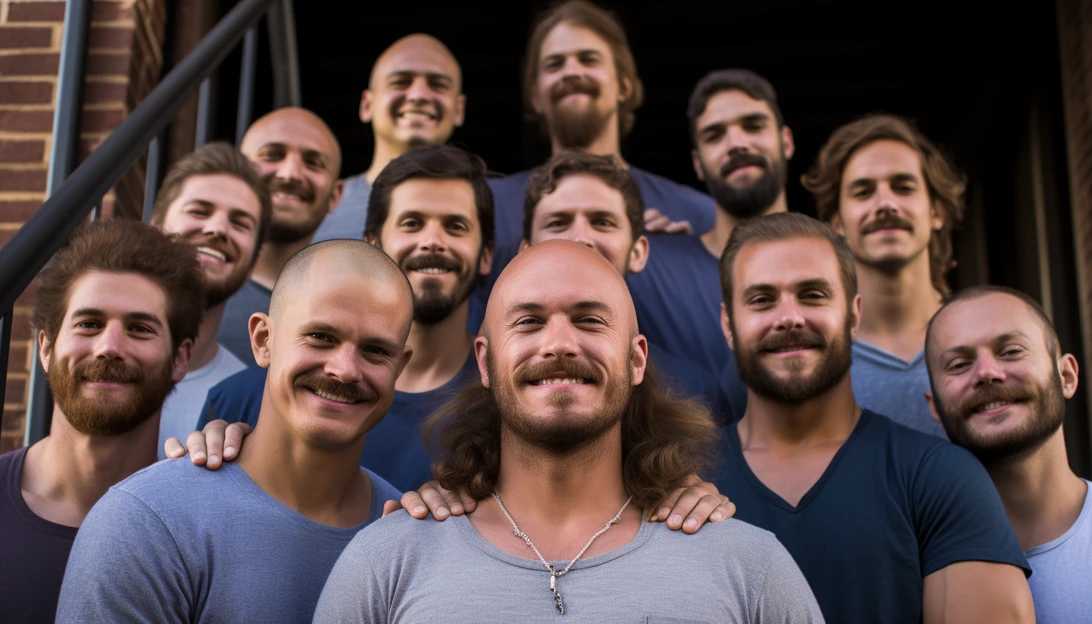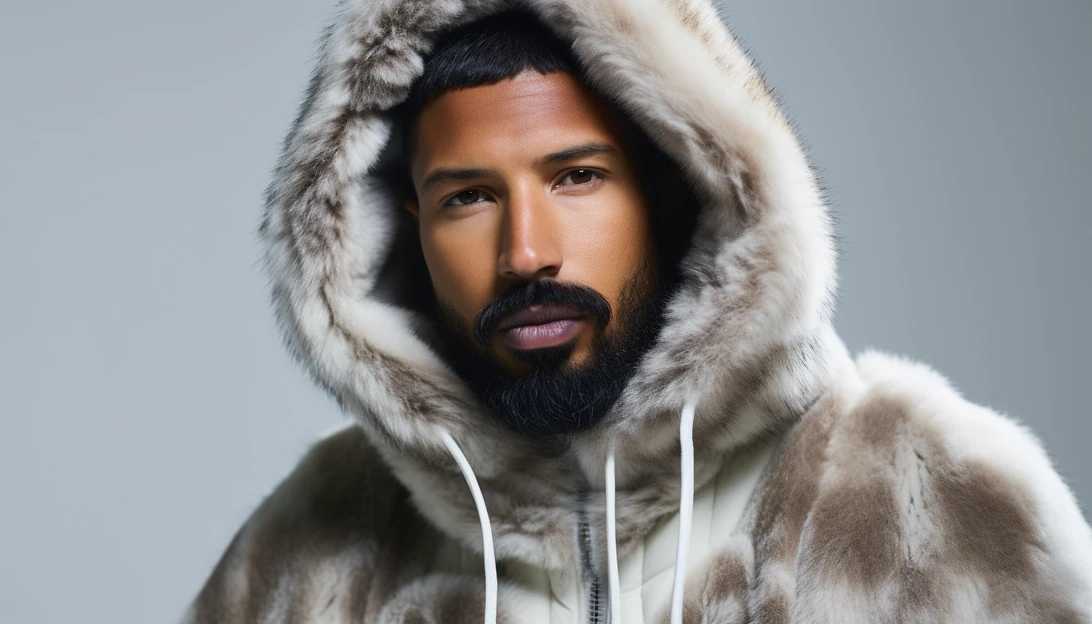Cancer
published : 2023-12-02
No-Shave November: Tracing its origins, impact and purpose for promoting men's health
Initially a small tribute to a friend evolved into a worldwide phenomenon advocating men's health

No-Shave November is an annual tradition in which razors take a hiatus — and facial hair gets its time to shine.
From its humble origins in 2009, this has evolved beyond a mere style statement and blossomed into a spirited movement rooted in profound meaning.
It all started with a close-knit group of friends in Chicago. Their inspiration? Matthew Hill's story, a poignant reminder of the impact of cancer.
Hill's battle with colon cancer touched their hearts, prompting them to forge a path to honor his memory and contribute to the fight against this pervasive disease.
Their idea was simple: Use the act of growing hair as a symbol of solidarity with cancer patients undergoing treatment-induced hair loss.
Not shaving during November became their visible tribute, helping to initiate conversations about the struggles of those facing cancer and the collective support they needed.
The movement's influence stretches far beyond financial contributions.
Word of this movement quickly spread through social media platforms, gaining traction beyond the small circle where it originated.
What began as a tribute to one man's health battle soon evolved into a global phenomenon, uniting people not just for cancer awareness, but for other causes as well.
No-Shave November is more than an internet trend; it is a platform that ignites conversations about cancer, men's health, and self-care.
The movement's influence stretches far beyond financial contributions; it fosters a sense of community as individuals prioritize their health and extend support to those in need.
Various organizations and celebrities have lent their support to No-Shave November, leveraging their influence to amplify its message.

Corporate sponsorships, partnerships with charities, and the involvement of public figures have significantly contributed to its growth and the funds raised for cancer research and support programs.
No-Shave November holds a powerful purpose: to spotlight the struggles faced by cancer patients, particularly the loss of hair during treatment.
By abstaining from shaving and grooming, participants symbolically embrace the hair that many patients lose, letting it grow free.
Yet it's more than just a visual statement; it is a call to action.
No-Shave November captivates hearts by transforming facial hair into a symbol of solidarity with cancer patients enduring hair loss during treatment.
Beyond its roots in charitable intentions, this movement has become favored for its ability to transform a personal choice into a collective statement, encouraging solidarity and empathy toward those affected by cancer and other health challenges.
By channeling the usual grooming expenses elsewhere, participants become active supporters of research, education, and support programs.
Beyond sporting unruly facial hair for a month, the movement encourages a meaningful contribution: redirecting the funds typically spent on shaving and grooming toward cancer education, research, and support programs.
This act transforms the month into a period of advocacy and solidarity.
Donations made during No-Shave November serve as a lifeline, funding initiatives that save lives, raising awareness about cancer prevention, and offering vital aid to those actively fighting this battle.
It is a collective effort to turn a simple act of facial hair growth into a force for change and hope.
No-Shave November encourages a visible expression of empathy and unity, transforming facial hair growth into a powerful tool for raising awareness, fostering community support, and making a tangible impact in the fight against cancer and other health challenges.

No-Shave November shares similarities with Movember. While No-Shave November emphasizes growing facial hair, Movember encourages the growing of mustaches specifically to spark conversations and raise funds for men's health initiatives, like prostate and testicular cancer.
Movember's history sprouted from a casual conversation among friends in Melbourne, Australia, back in 2003.
Travis Garone and Luke Slattery sparked the idea while discussing the cyclical nature of fashion trends, specifically the disappearance of the mustache.
What began as a whimsical notion evolved into something far more impactful when people decided to leverage the mustache as a symbol to raise awareness and funds for men's health.
Inspired by a friend's mother who raised funds for breast cancer, they merged 'mo' (Australian slang for mustache) with November, birthing 'Movember.'
The legacy of No-Shave November is not just in the beards and mustaches grown, but in the conversations and lives impacted by its message.
November acts as the focal point, but the impact of No-Shave November resonates year-round.
The conversations sparked during this time often lead to ongoing support, donations, and a continued focus on cancer research, men's health, and the well-being of those affected by health challenges.
The history of No-Shave November exemplifies the power of a simple idea backed by a noble cause.
What began as a small gesture to honor a friend has transformed into a global movement that sheds light on critical health issues, promotes awareness, and encourages a spirit of community support.
